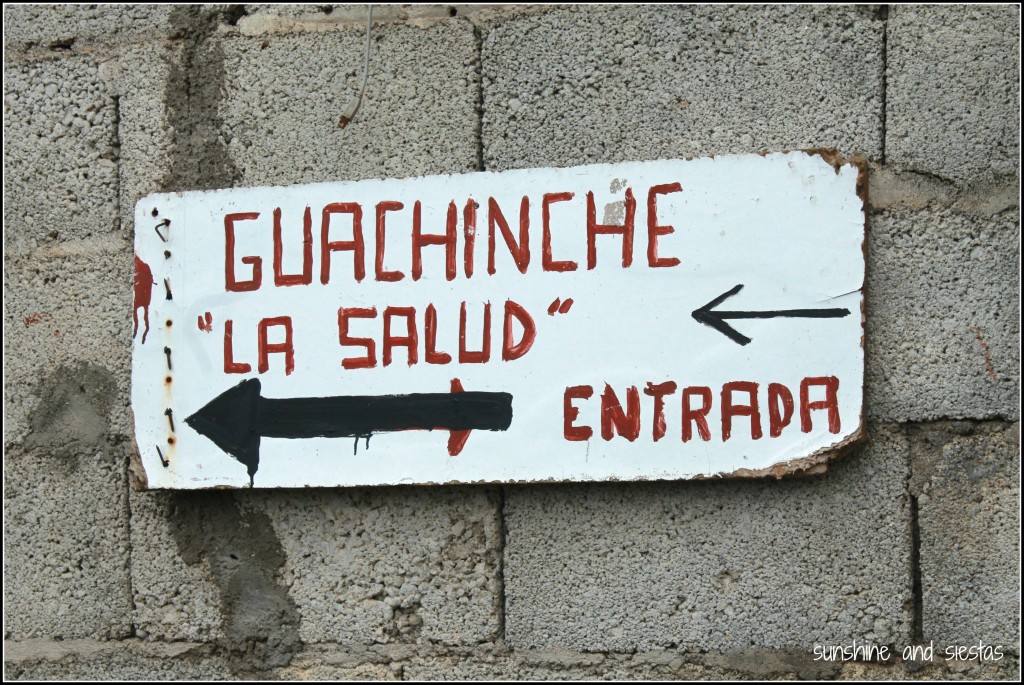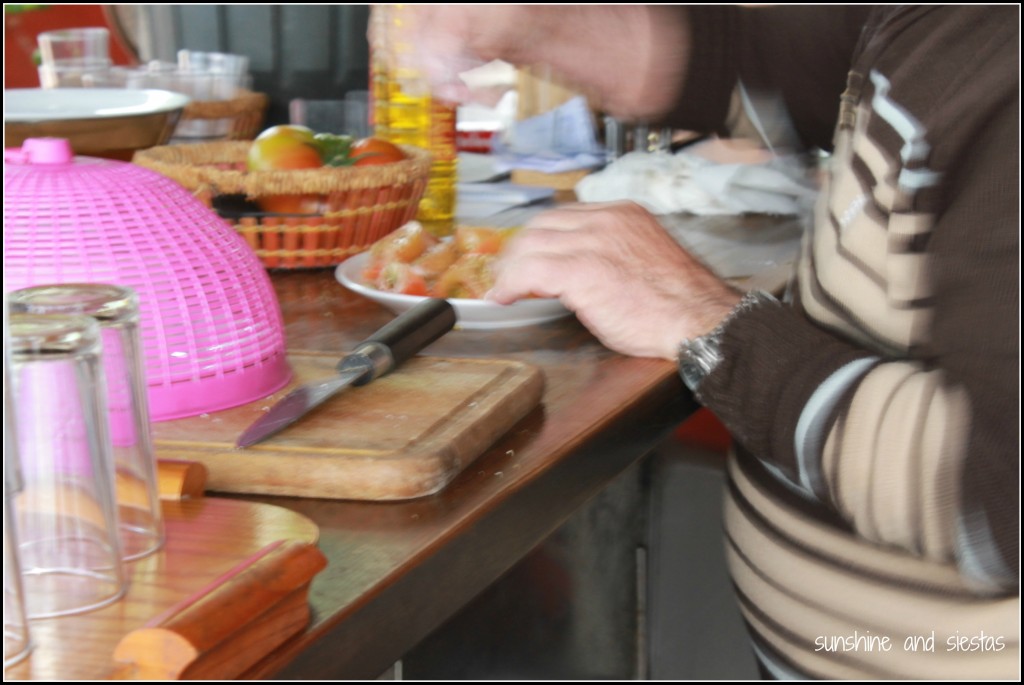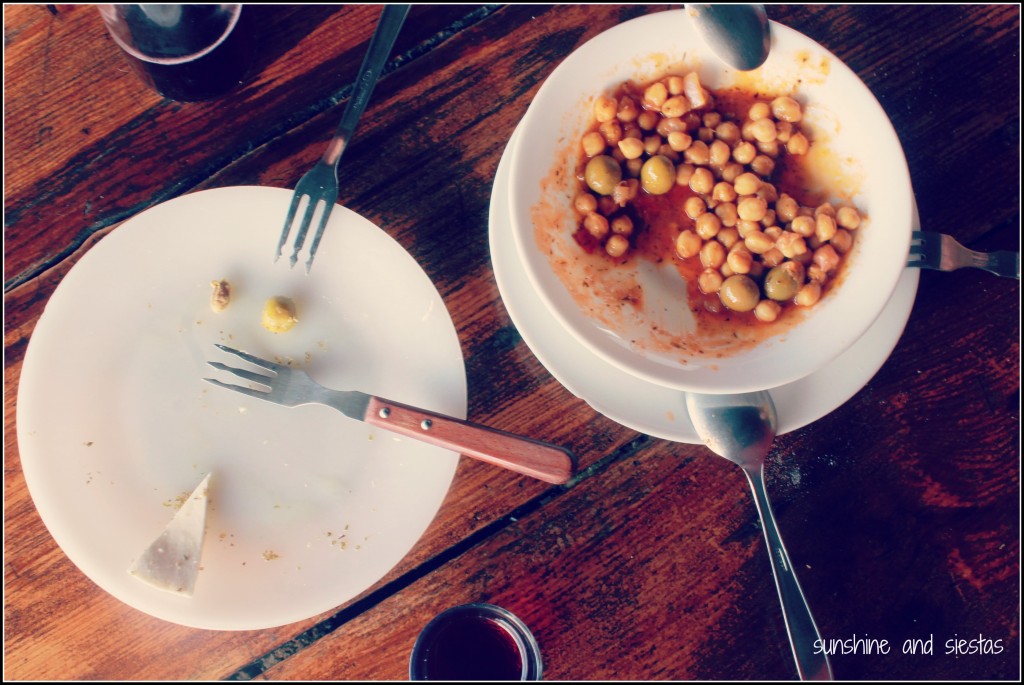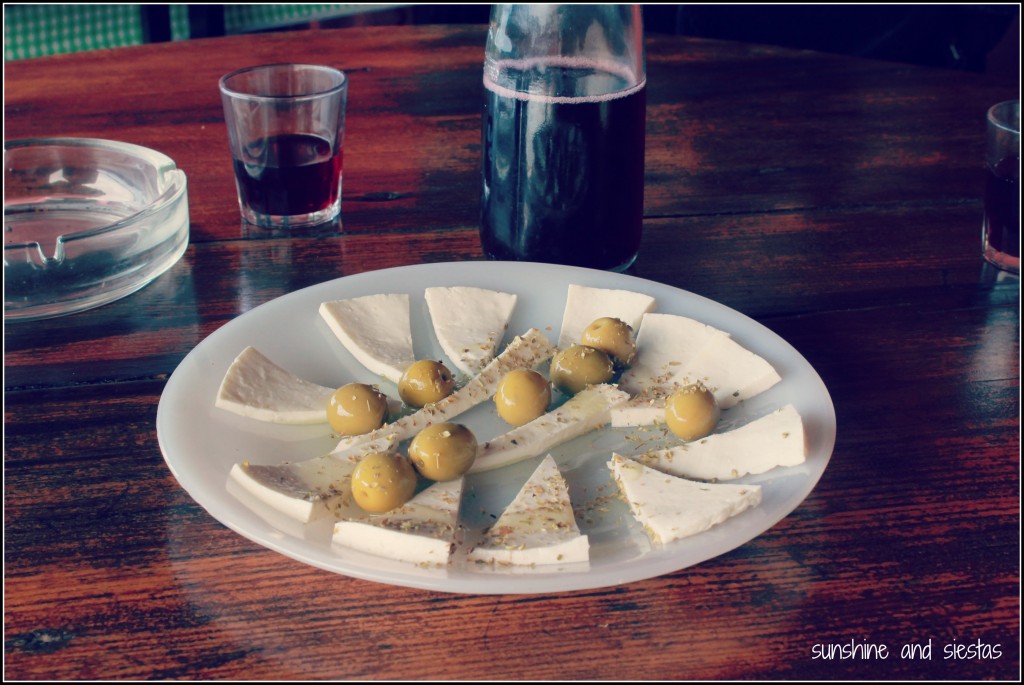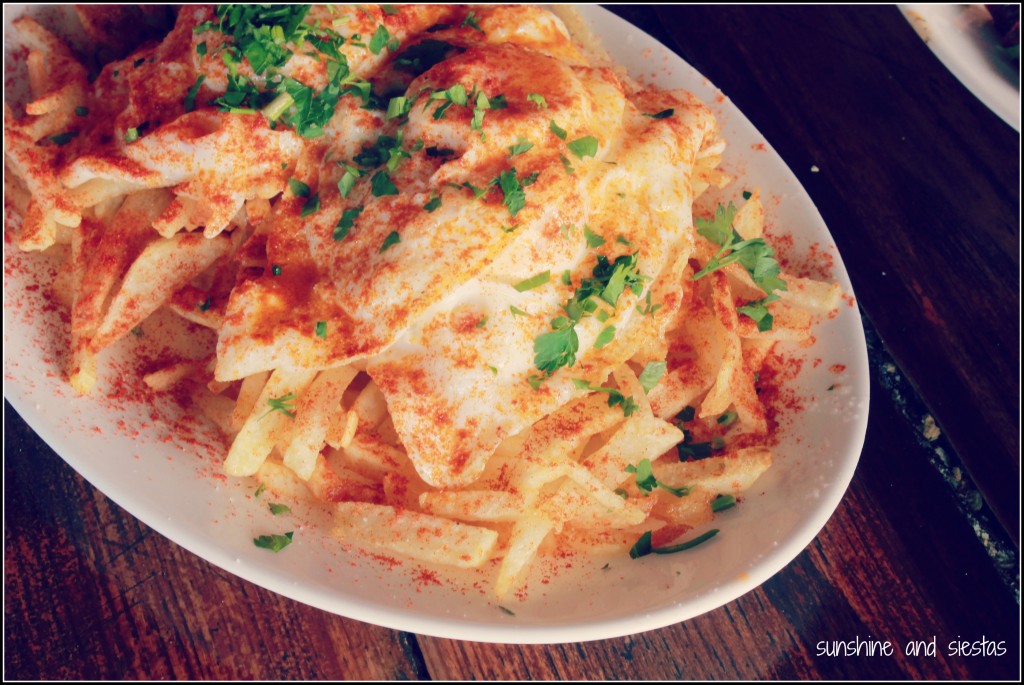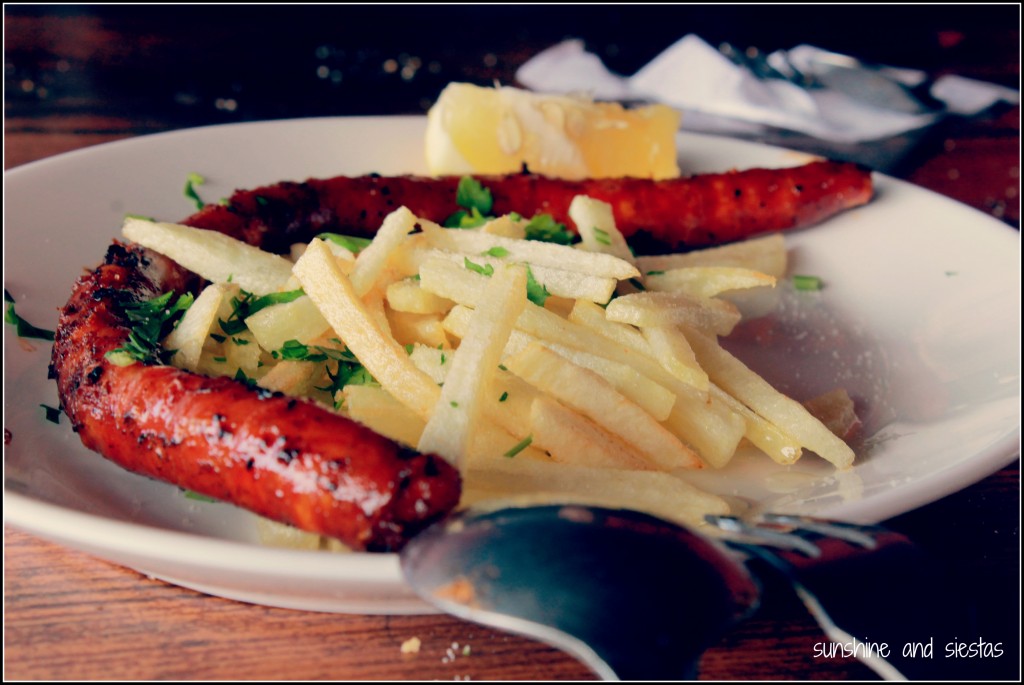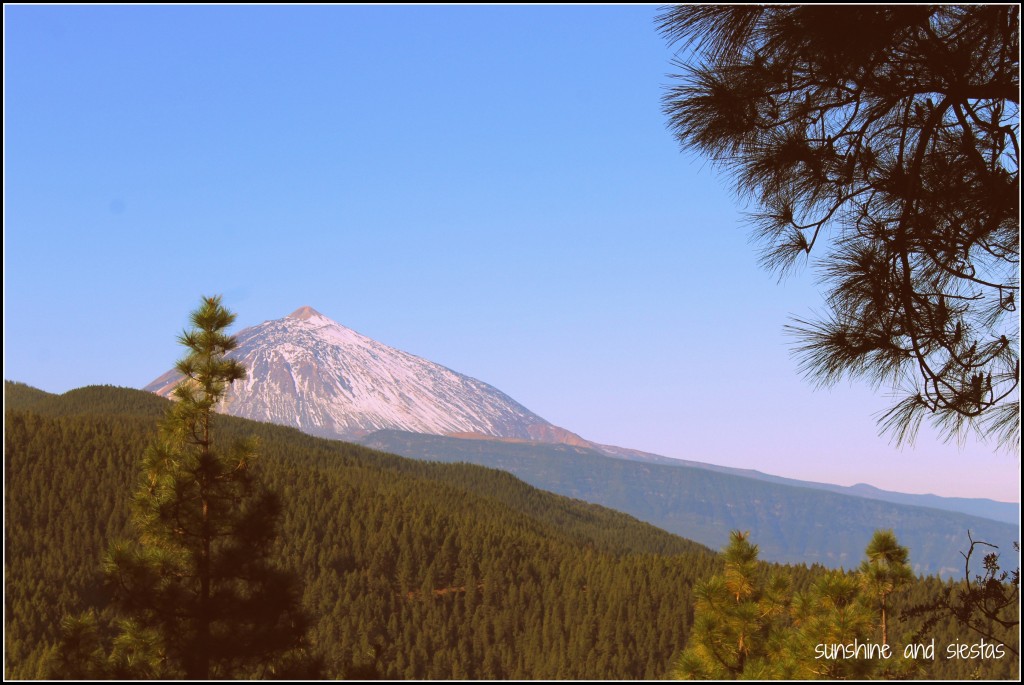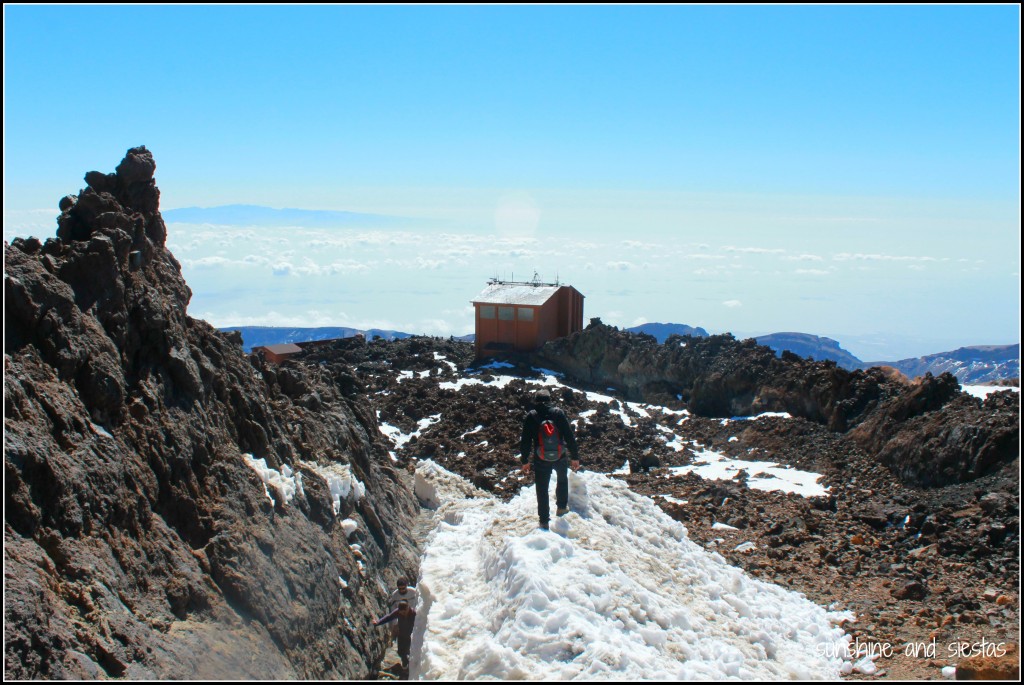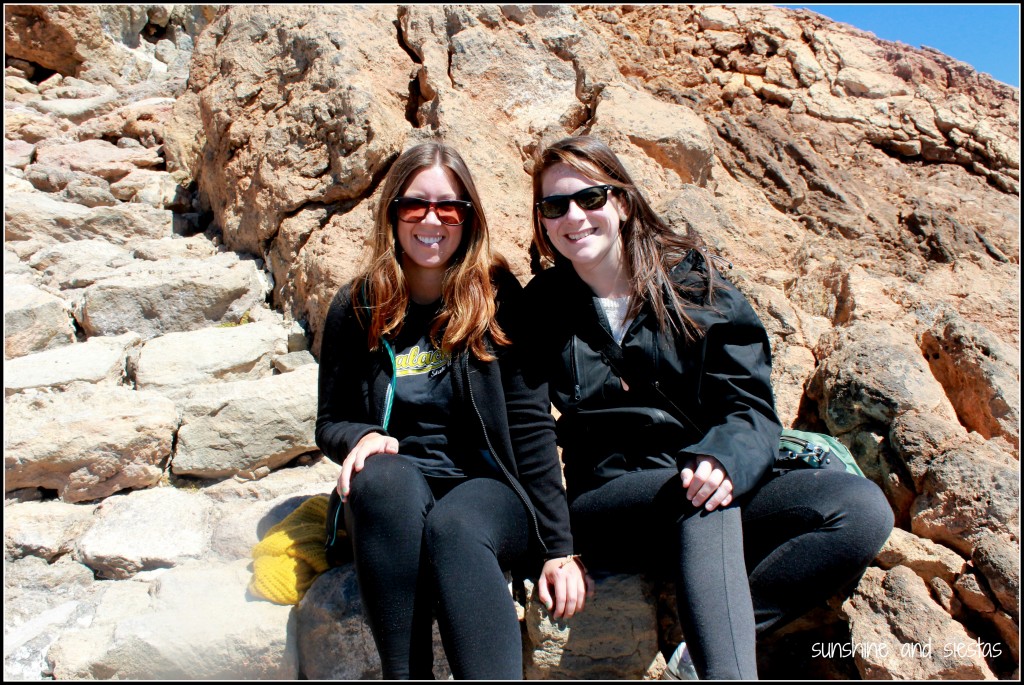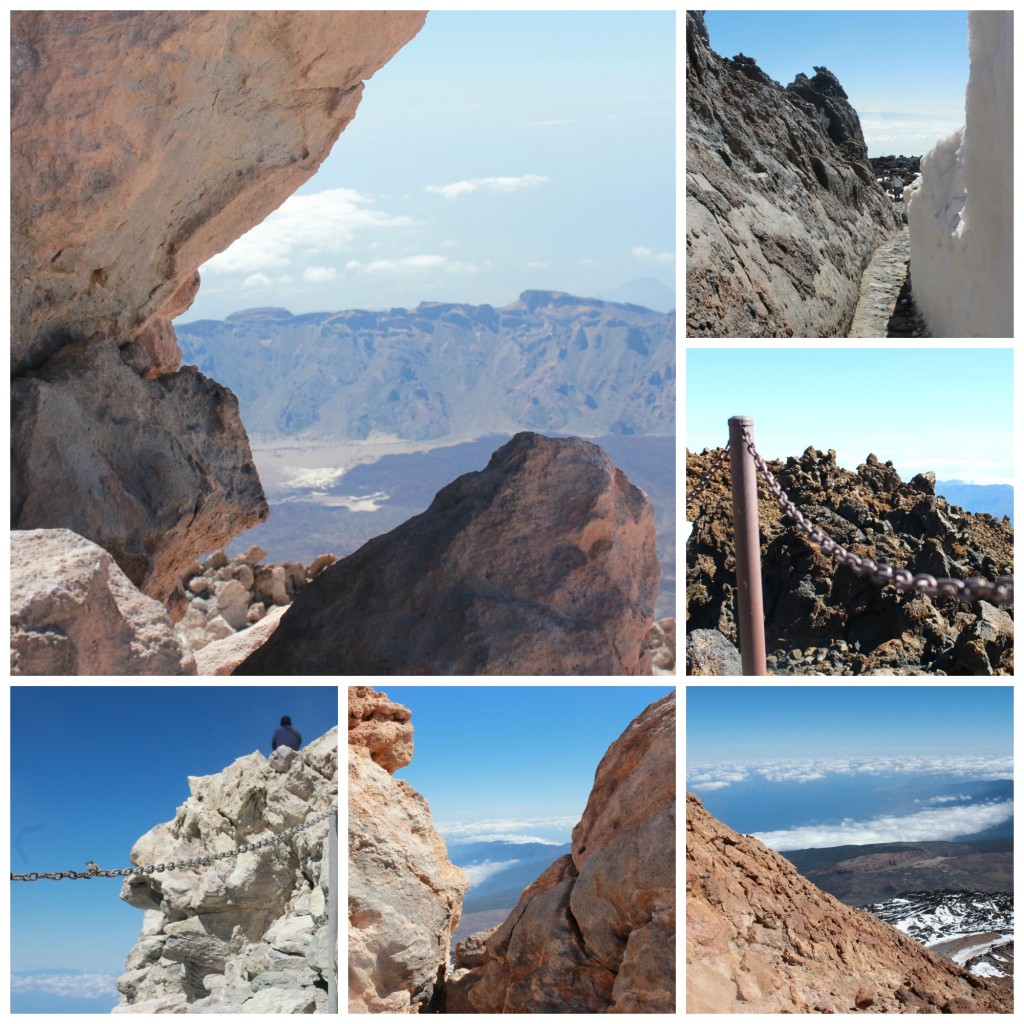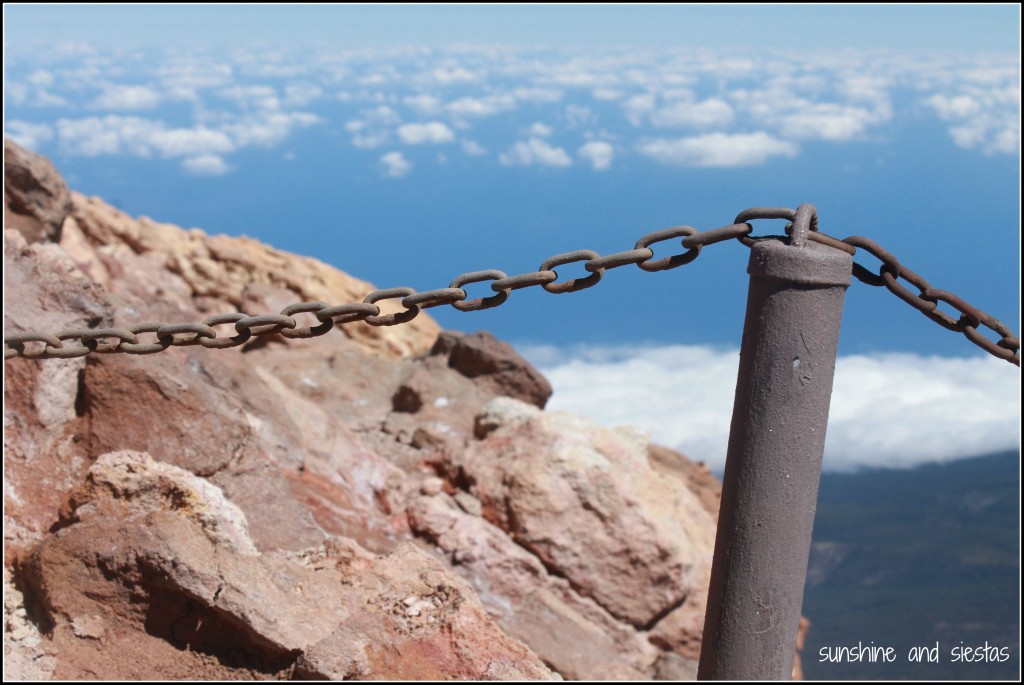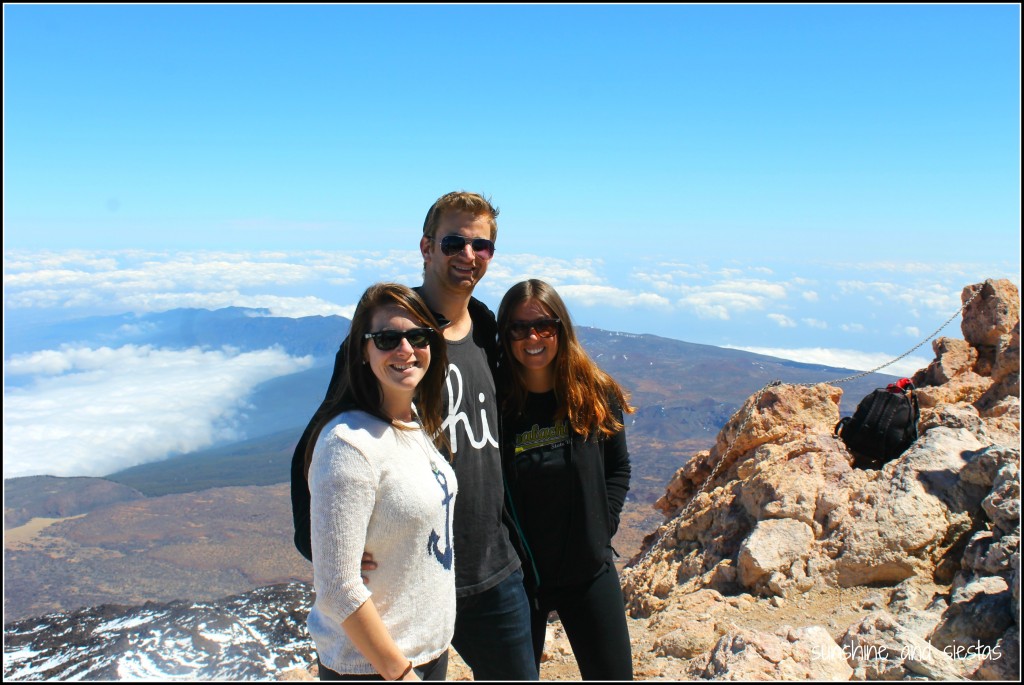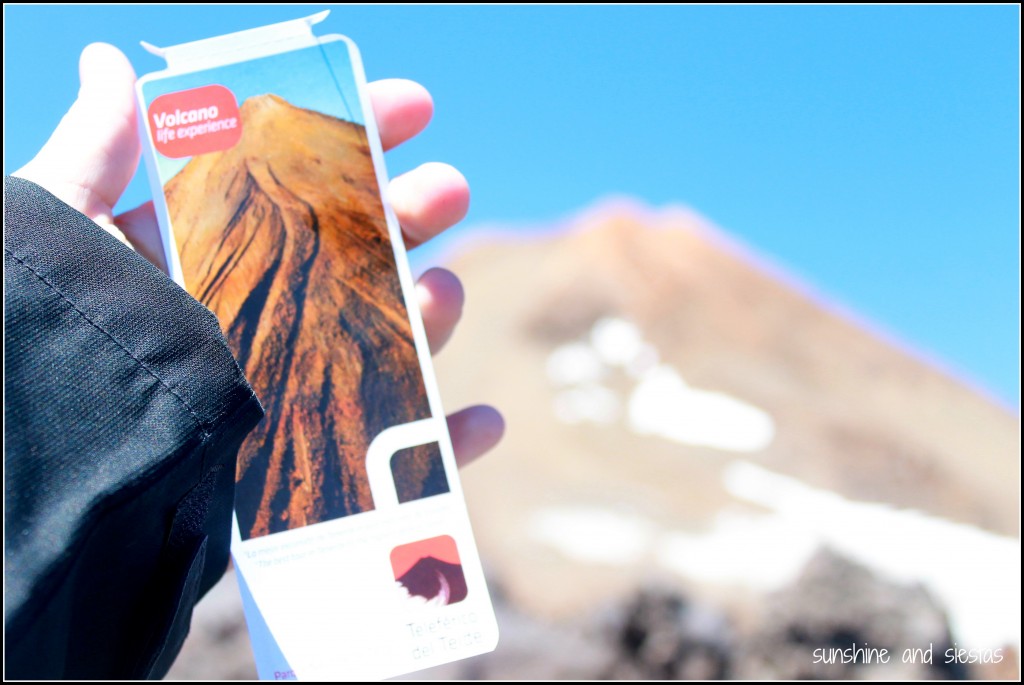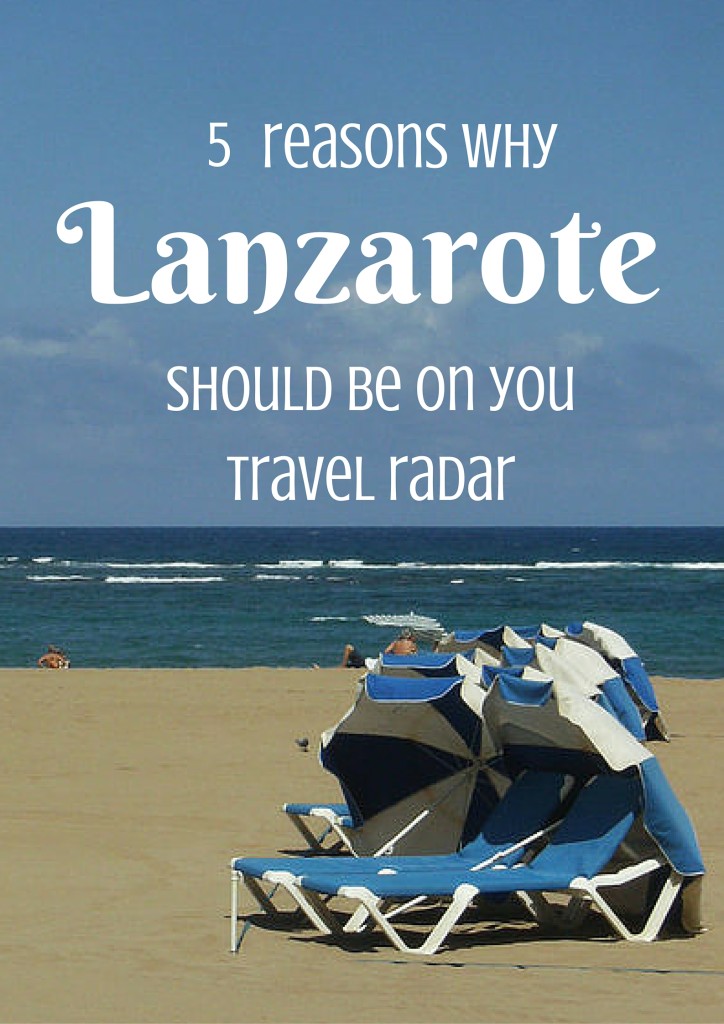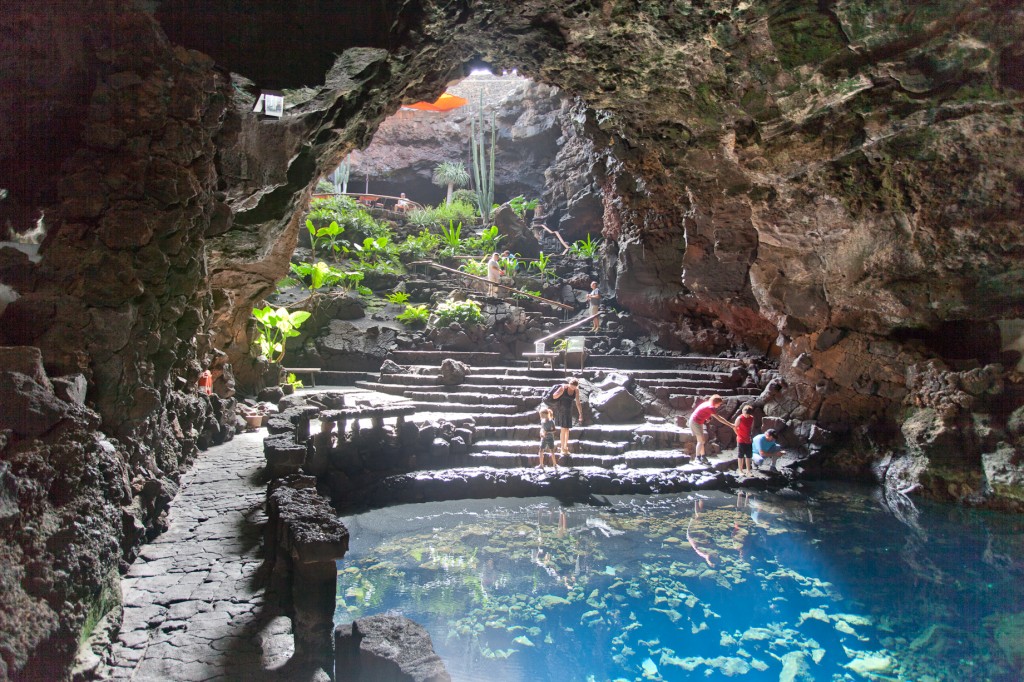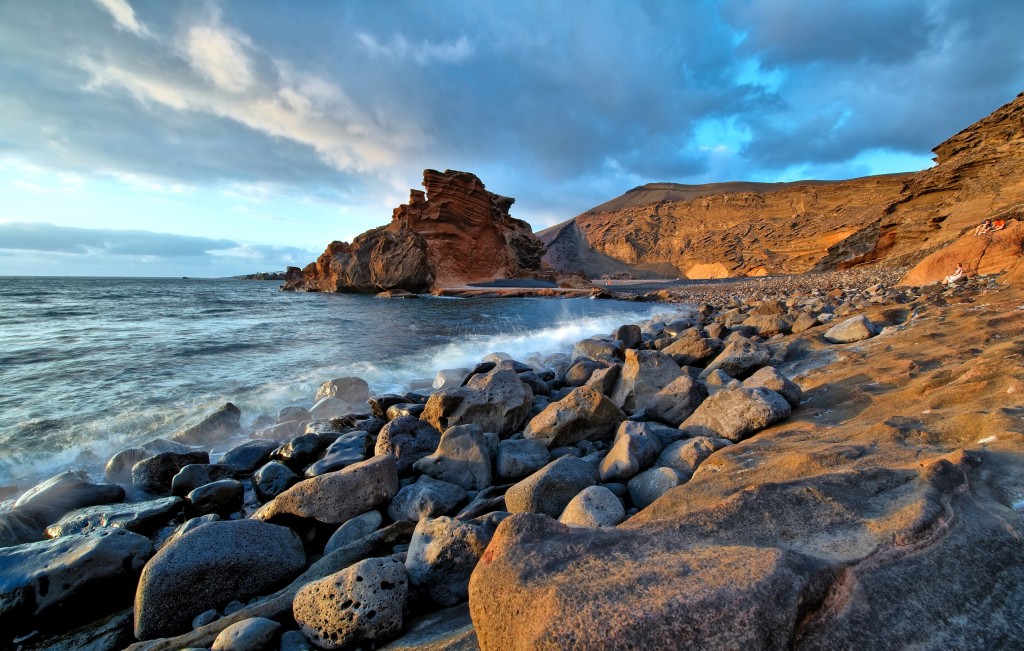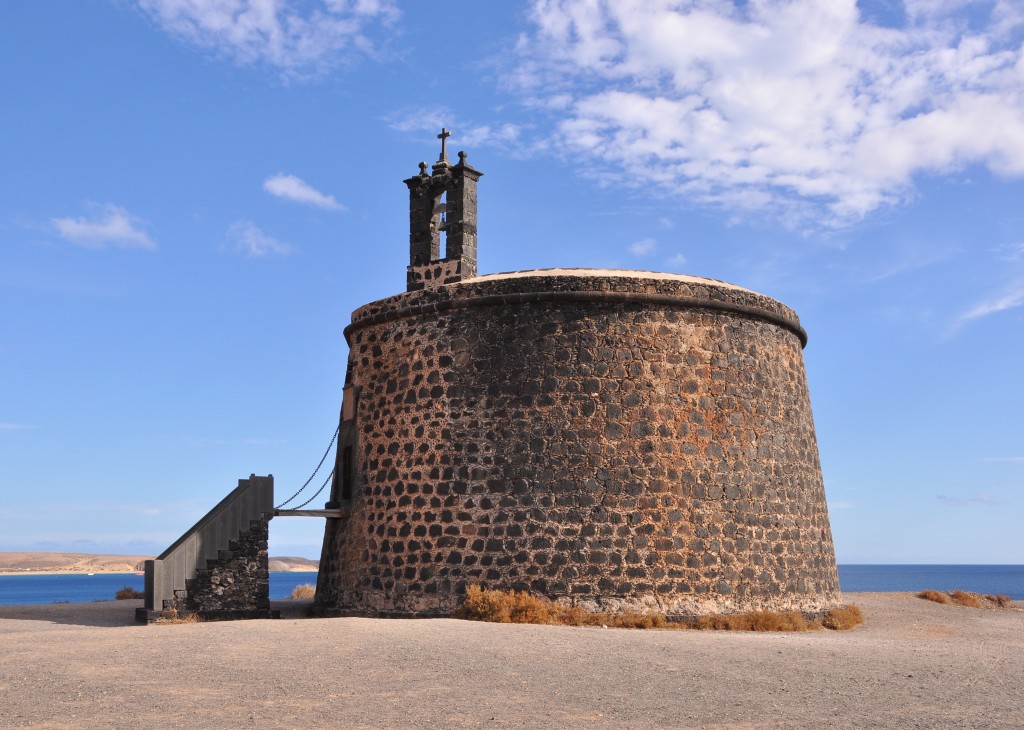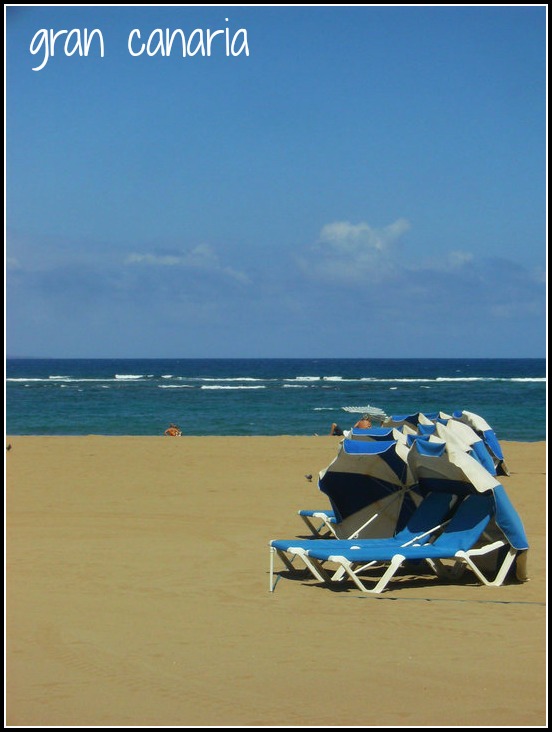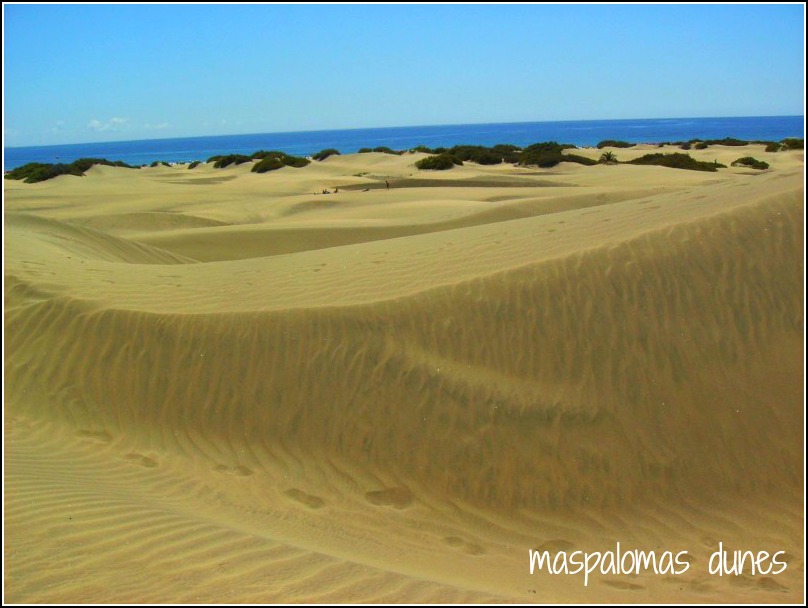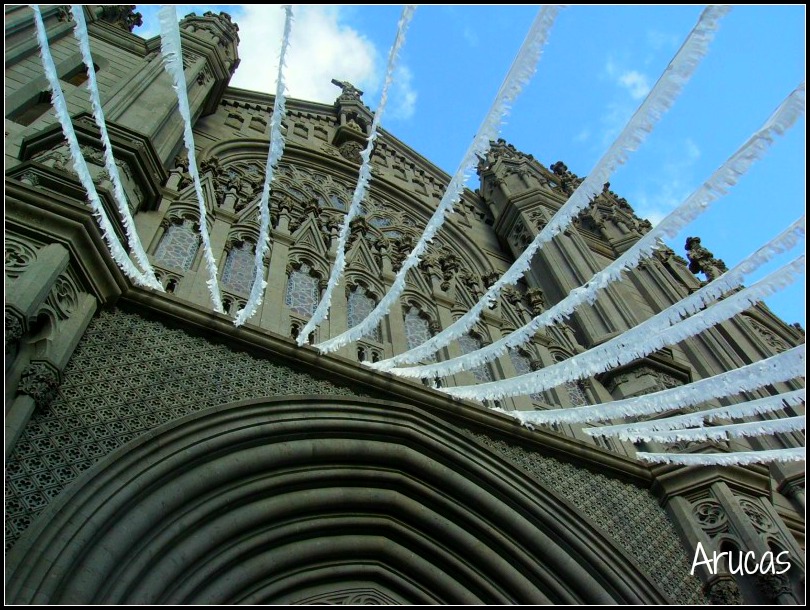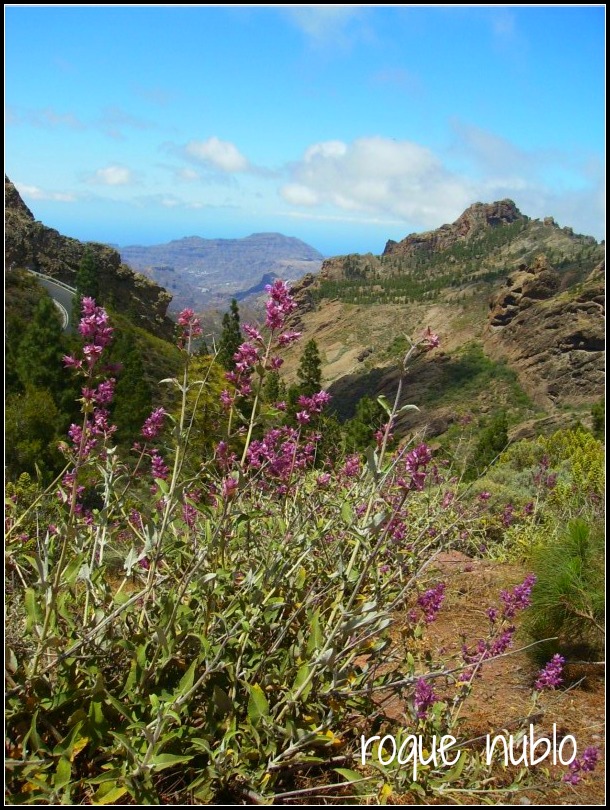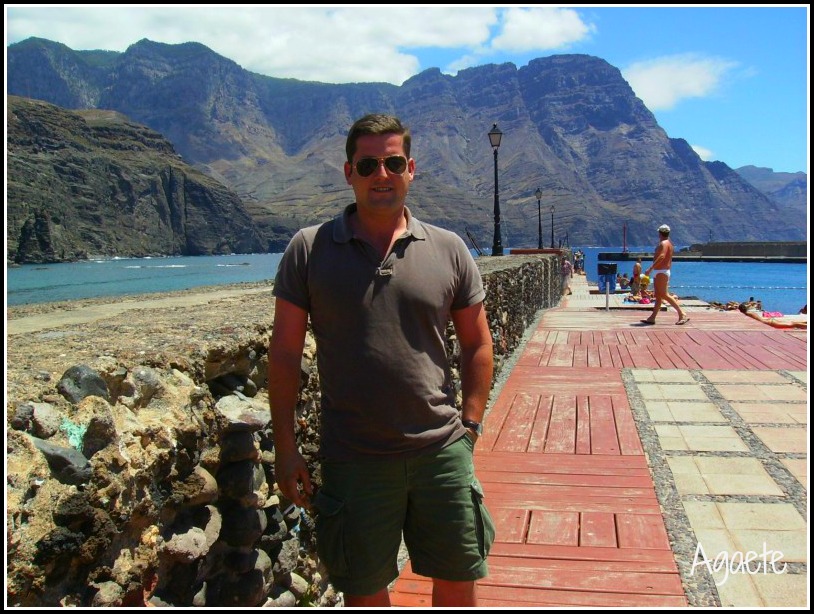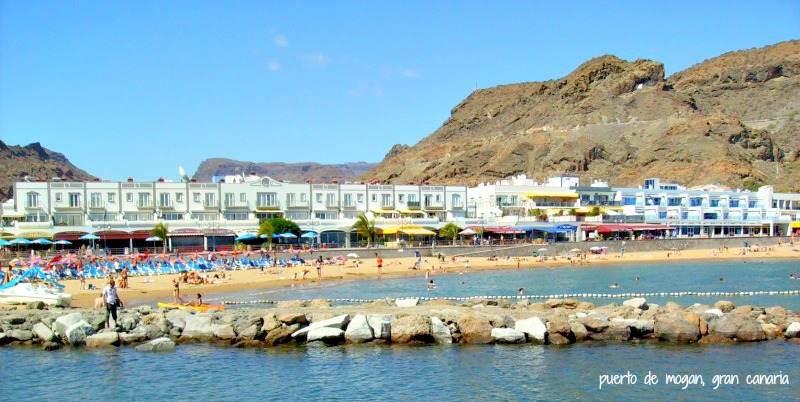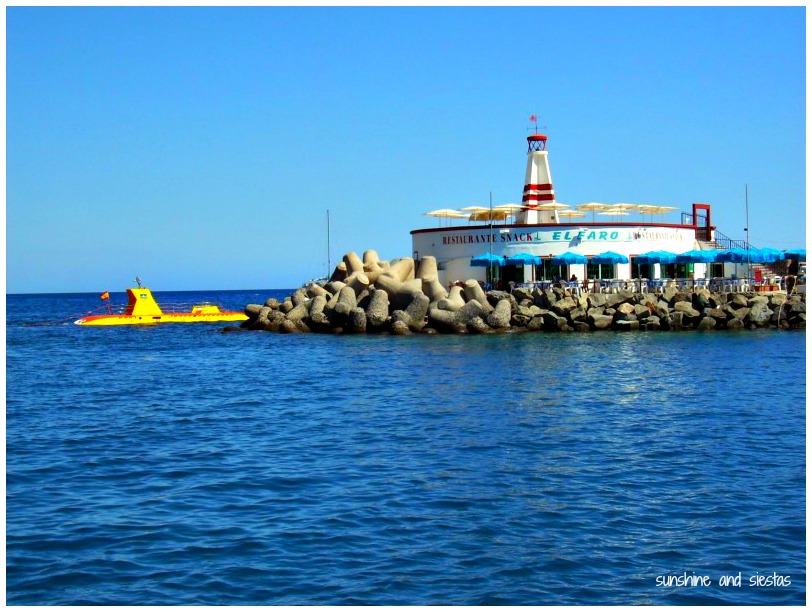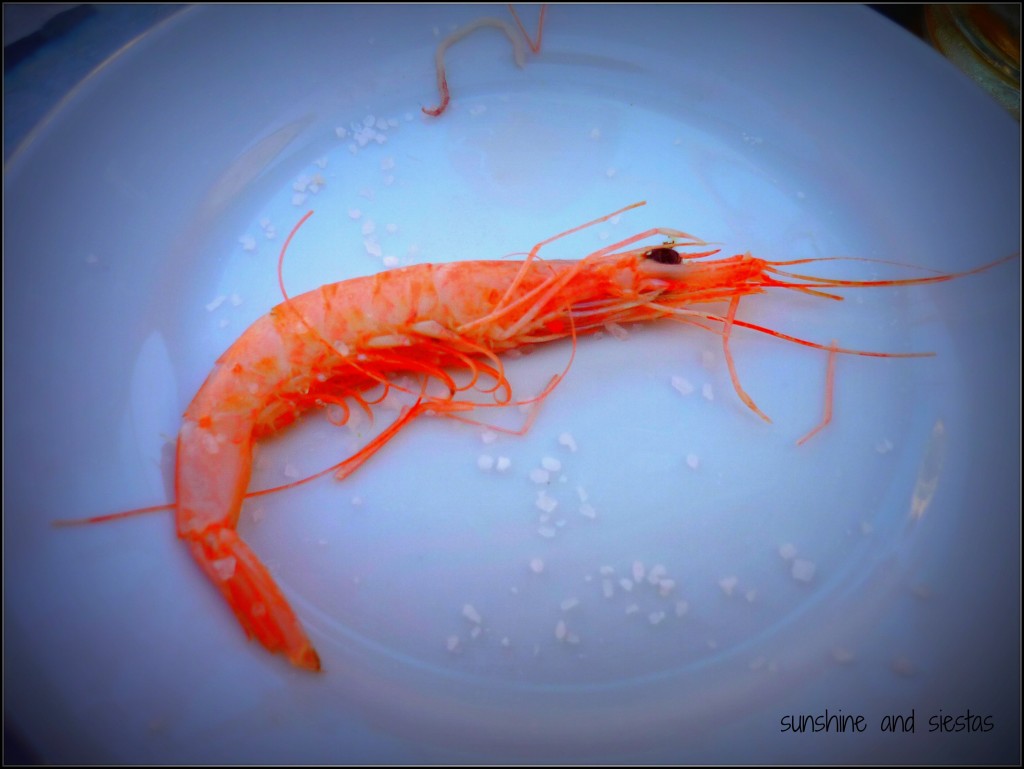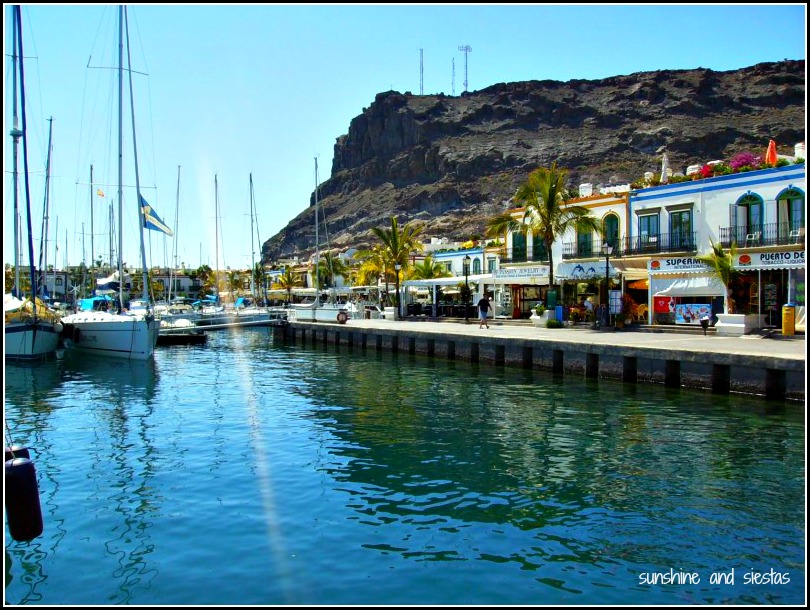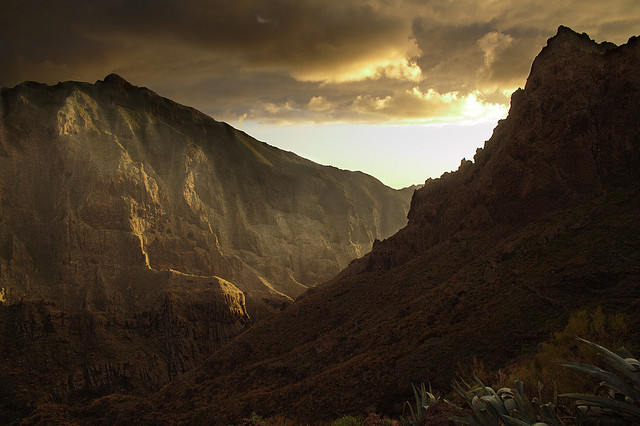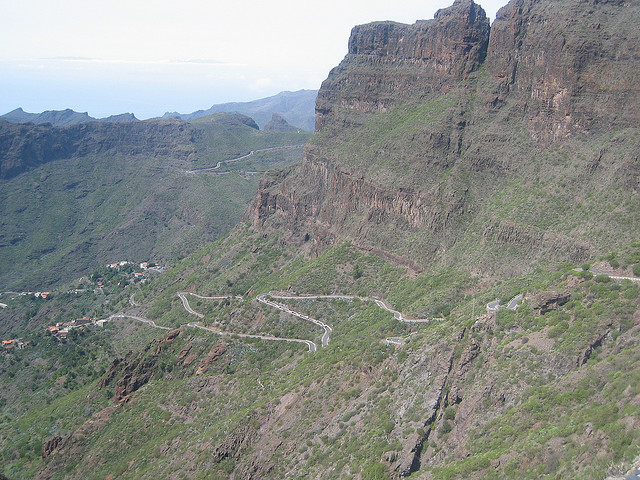Julie’s plan had only three itinerary stops on my only full-day on Tenerife: Rental car. Teide. Guachinche 
Eager not to ruin my own surprise, I refused to give into sneaking a peek at what this oh-so-tenerifeño dining experience was. I actually didn’t know it had anything to do with food until after we’d climbed to the peak of Teide on empty stomachs and was promised a mountain of raciones.
Zigzagging down the face of the active volcano through rollercoast roads, I actually think I heard my tripa gurgle. But the excitement in which Julie told me about these temporary, family-run restuarants blew my expectations (sorry, done on the volcano expressions and puns).
“Si esto se llama La Salú para mi madre, que descanse en paz!”
The small restaurant’s owner, David, was showing us around the various dining rooms, all set around a humble kitchen where family members were peeling Canarian wrinkly potatoes (papas arrugás) and preparing meat at a grill. His mother, a sevillana by birth, married a Venezuelan before moving to the island. When she passed away, her family, who had always loved wine, planted a small vineyard and the guanchinche was born. The name, La Salud, is a homenage to the family matriarch.
We chose seats on the covered patio, watching the clouds roll in over Puerto Cruz.
Guachinches began to spring up on Tenerife as humble restaurants from which small producers could sell their product. The island’s volcanic landscape lends well to producing young, fruity reds, so we ordered a half liter to begin with. The restaurants operate so long as there is wine to sell – it’s common to find guachinches closed late in the season.
There were just five dishes on the menu, guaranteeing that everything we tried was fresh – eggs, sobresada and fries (huevos estampidos); garbanzos with a spicy tomato sofrito; chistorra sausage with fries, steak and cheese produced on the island. We ordered all but the steak and an extra half litre of the family’s fruity, fresh wine.
What I loved about the experience (aside from the price – 25€ for everything!), was the personal service we received. Everything was served hot and tasty, and we left satisfied.
Guachinches have started to pop up on nearby Gran Canaria, but the real thing is as tenerifeño as Teide itself.
If you go: La Salud is located in the town of La Orotava on the western side of the island, just east of tourist town Puerto Cruz. The address is Camino de Los Gomez, S/N. They’re typically open from 1pm until 11pm, though may be closed if the wine is depleted. You’ll need a rental car to reach many of them, or a reliable taxi service, as the guachinches tend to be set away from major cities in the north.
Have you ever been to a guachinche, or something similar? Would you eat with locals?
